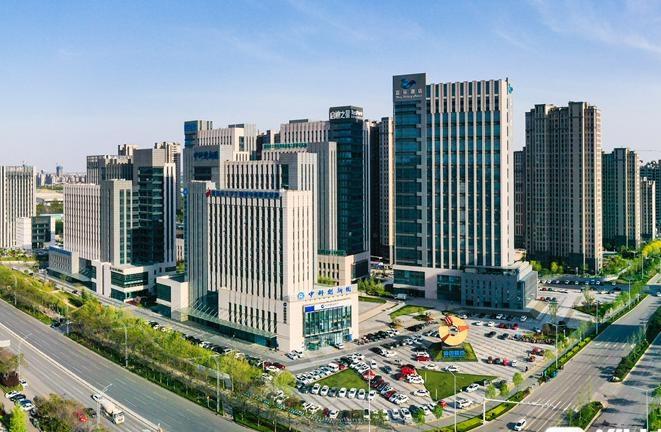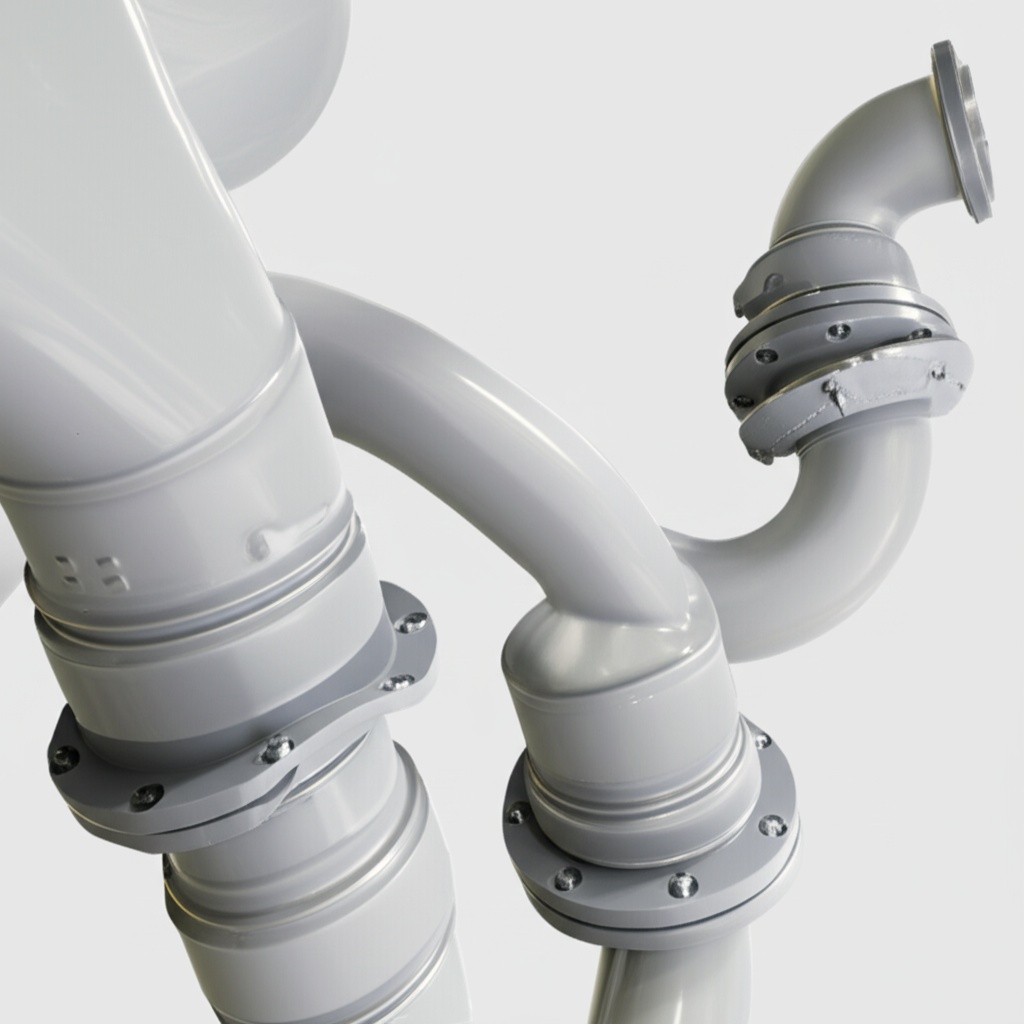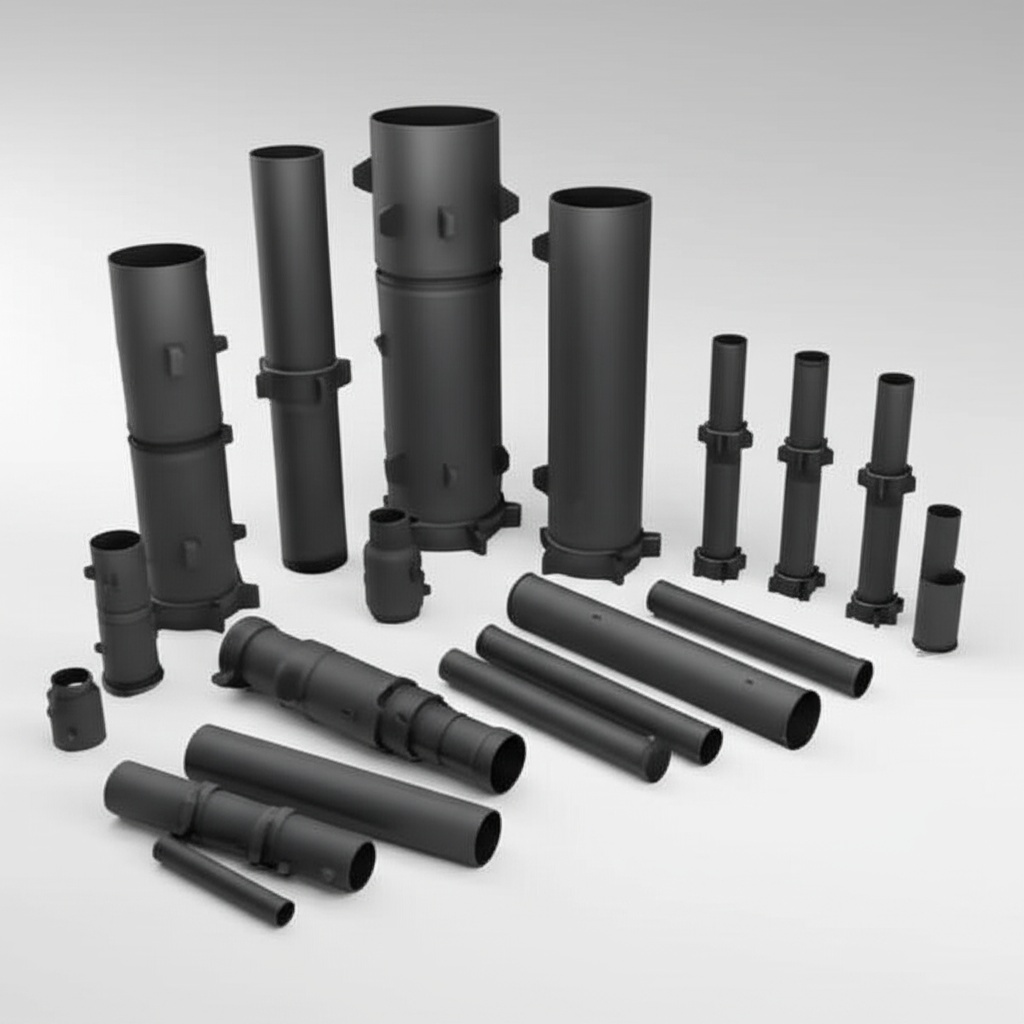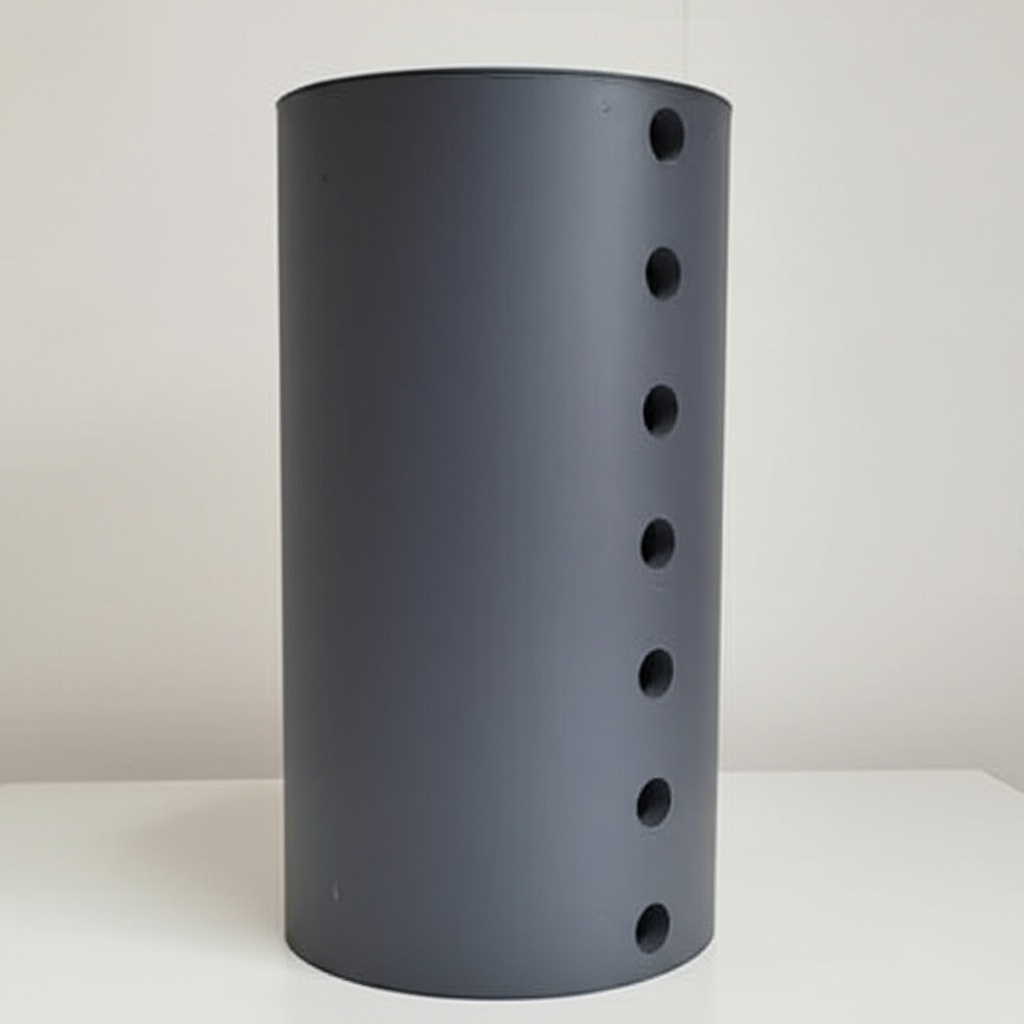11~33kV 계통 연계형 인버터 및 산업용 드라이브용 중전압 실리콘 카바이드 전력 모듈(1200V~3300V)
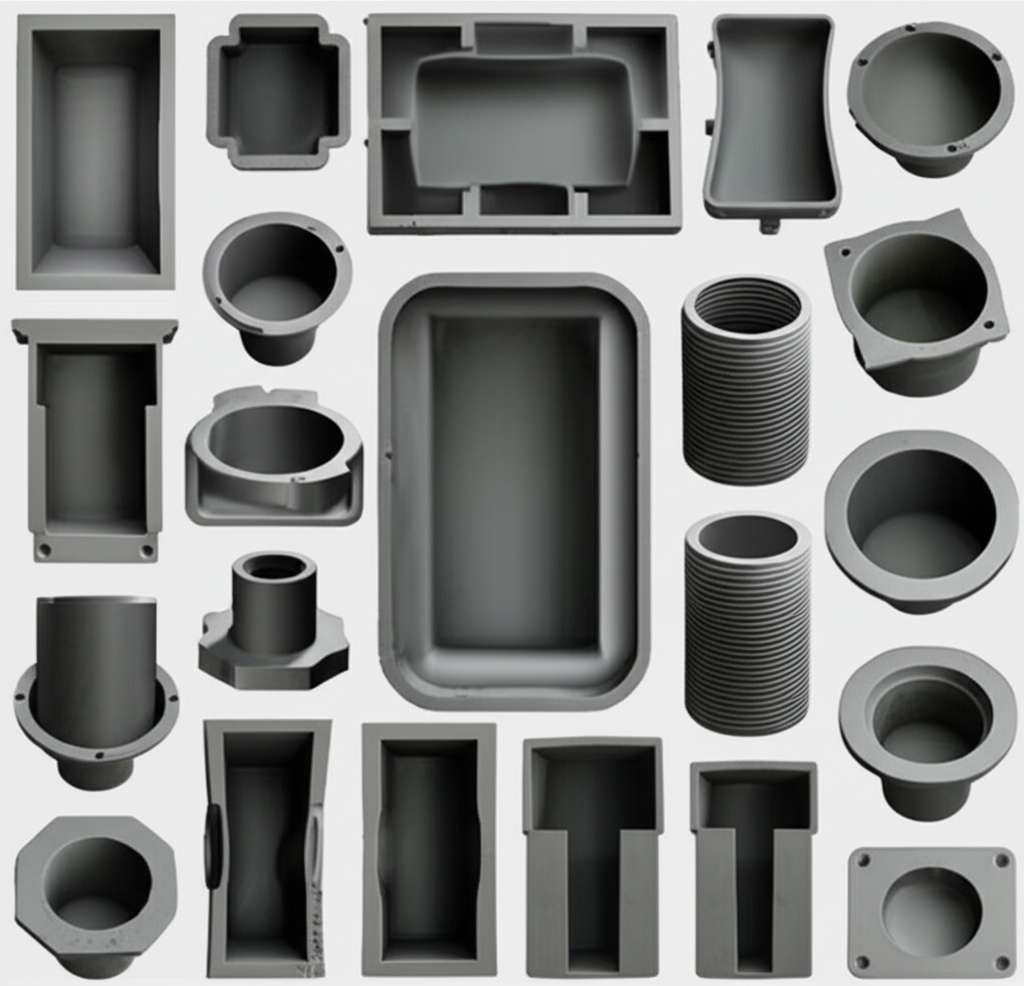
공유
제품 개요 및 2025년 시장 관련성
1200V–3300V 정격의 중전압 탄화규소(SiC) 전력 모듈은 11–33kV 배전 수준에서 연결된 그리드 연결형 태양광 인버터 및 대형 산업용 드라이브에서 고효율 변환을 위해 설계되었습니다. 파키스탄의 섬유, 시멘트 및 철강 부문에서 이러한 모듈은 열, 먼지 및 그리드 변동성을 견디면서 탁월한 효율성과 신뢰성을 제공하는 컴팩트하고 견고한 전력 단계를 가능하게 합니다.
2025년에는 파키스탄의 산업 사용자들이 에너지 비용을 억제하고 가동 시간을 개선하기 위해 중전압 PV 및 고성능 드라이브 채택을 가속화하고 있습니다. SiC 모듈은 다음을 제공합니다.
- 11–33kV와 인터페이스하는 다중 레벨 토폴로지에 적합한 높은 내전압 성능.
- 낮은 스위칭 및 전도 손실로 ≥98.5% 인버터 효율을 가능하게 합니다.
- 자성체 크기 및 시스템을 줄이는 고주파 작동(50–150kHz) 부피 30% 이상.
- +17
향후 5년간 5GW 규모의 중전압 PV 파이프라인 성장과 5억 달러 규모의 인버터 시장에 맞춰 SiC의 침투율은 2028년까지 30%를 넘어설 것으로 예상됩니다. 전압 강하, 고조파, 먼지 노출이 특징인 파키스탄의 전력망 환경에서 SiC 모듈은 감손, 유지보수 및 수명 주기 비용을 실질적으로 줄여줍니다.

기술 사양 및 고급 기능
- 전압 등급: 1200V, 1700V, 2200V, 3300V 장치 옵션
- 전류 정격: 위상당 100–800A에 대한 확장 가능한 모듈 구성(응용 분야에 따라 다름)
- 스위칭 주파수: 소형 자성체 및 필터용 50–150kHz
- 작동 온도: -40°C ~ +175°C 접합부
- 손실: 유사한 작동 지점에서 실리콘 대비 40%–60% 감소
- 패키징: 켈빈 소스, 고열 전도성 DBC(Si3N4/AlN)를 사용한 저인덕턴스 레이아웃
- 보호 준비: 단락 내성 시간(tSC), 열 모니터링을 위한 통합 NTC, DESAT 지원 게이트 인터페이스
- 신뢰성: 200,000시간의 MTBF 목표를 향한 전력 사이클링 및 열 충격 적합성
- 냉각: 공랭식 또는 액랭식 콜드 플레이트; 산업 현장을 위한 방진 핀 형상
- 규정 준수 지원: 적절한 제어와 통합 시 중전압 상호 연결 요구 사항(THD, FRT, 무효 전력 지원)에 맞춰 설계됨
중전압 인버터 및 드라이브의 성능 비교
가혹하고 먼지가 많은 환경을 위한 고효율 모듈
| 기준 | SiC MV 전력 모듈(1200V–3300V) | 기존 실리콘 IGBT 모듈 |
|---|---|---|
| 전체 부하 효율 | ≥98.5% 인버터 효율 | 96%–97% 일반적 |
| 스위칭 주파수 | 50–150kHz(더 작은 자성체) | 10–20kHz 일반적 |
| 열 성능 | -40°C ~ +175°C 접합부 | -40°C ~ +125°C 일반 |
| 냉각 공간 | 약 40% 더 작음 | 더 큰 방열판/팬 |
| 시스템 부피 | >30% 감소 | 더 큰 캐비닛 |
| 고조파 완화 | 더 작은 LCL을 통해 낮은 THD를 충족하기 쉬움 | 더 큰 필터 필요 |
| 수명/MTBF | 200,000시간으로 연장 | 열/먼지 아래에서 더 짧음 |
전문가의 통찰력과 함께 주요 장점 및 입증된 이점
- 높은 항복 전압은 다단계 토폴로지에서 더 적은 직렬 단계를 가능하게 하여 신뢰성을 향상시키고 보호를 단순화합니다.
- 낮은 스위칭 손실은 OPEX를 줄여 LCOE를 개선하고 에너지 소비를 줄입니다.
- 고주파 작동은 LCL 필터를 줄여 옥상 및 인버터실 제약을 완화합니다.
- 고온 내성은 45°C+ 주변 조건에서 감손을 줄입니다.
전문가의 관점:
"탄화규소와 같은 광대역 갭 전력 장치는 재생 에너지 및 산업 전력화를 확장하는 데 필요한 더 높은 효율성과 열적 견고성을 제공합니다." — 국제 에너지 기구, 전력 시스템 통찰력(iea.org)
"SiC의 빠른 스위칭 및 고온 작동은 특히 열 및 오염이 기존 설계를 어렵게 만드는 곳에서 소형화되고 신뢰할 수 있는 컨버터를 가능하게 합니다." — IEEE 전력 전자 커뮤니티 컨센서스(ieee.org)
실제 응용 분야 및 측정 가능한 성공 사례
- 산업 단지의 중전압 PV: SiC 인버터를 사용한 발루치스탄의 500kW 파일럿은 98.7%의 작동 효율과 장비 부피 약 40% 감소를 달성하여 여러 지역 확장을 이끌었습니다.
- 섬유 드라이브(펀자브, 신드): SiC 기반 VFD 전력 단계는 고조파 왜곡을 줄이고 여름철 최고조 동안 열 차단을 완화하여 제직 및 방적 라인의 가동 시간을 개선했습니다.
- 시멘트 공장: 가마 ID/FD 팬 드라이브는 먼지 부하에서 더 작은 필터 크기와 더 시원한 작동을 실현하여 유지보수 간격을 줄였습니다.
- 강철 재압연 공장: SiC 모듈은 열 응력을 줄여 빈번한 부하 과도 현상을 처리하여 구성 요소 수명을 연장하고 계획되지 않은 중단을 줄였습니다.
선택 및 유지 관리 고려 사항
- 전압 선택: 다단계 인버터의 하위 단계에는 1200V–1700V를 선택하고, 직렬 수를 줄이기 위해 더 높은 전압 블록에는 2200V–3300V를 선택합니다.
- 냉각 전략: 먼지가 많은 환경의 고밀도 MV 랙에는 액랭식 콜드 플레이트를 사용하고, 물이 제한적인 곳에는 방진 공랭식 핀을 사용합니다.
- 게이트 드라이브 튜닝: EMC 및 스위칭 손실의 균형을 맞추기 위해 dv/dt 제어 및 액티브 밀러 클램프를 구현합니다. DESAT 보호 및 단락 견고성을 보장합니다.
- 필터링: 11–33kV 피더의 로컬 THD 기대치에 맞게 LCL 필터 크기를 조정합니다. 더 높은 스위칭 주파수를 활용하여 공간을 최소화합니다.
- 예방적 유지보수: NTC 온도 및 스위칭 손실 추세를 모니터링합니다. 먼지 수준에 적합한 필터 검사 간격을 예약합니다.
산업 성공 요인 및 고객 사용후기
- 통합 우선 엔지니어링은 기존 개폐 장치실 및 옥상의 개조 복잡성을 줄입니다.
- 기술 이전 및 현장 교육은 시운전 일정을 단축하고 초기 작동을 안정화합니다.
고객 피드백:
"MV PV 개조는 예상보다 더 높은 효율과 더 작은 공간을 달성했습니다. 가장 더운 달에도 열 마진이 그대로 유지되어 유지보수 호출이 줄었습니다." — 파키스탄 남부 산업 단지 배치 엔지니어링 매니저
미래 혁신 및 시장 동향
- 더 높은 전압의 SiC 다이 로드맵은 MV 토폴로지에서 캐스케이드 단계를 더욱 줄입니다.
- 고급 기판 및 소결 공정은 열 사이클링 견고성을 향상시킵니다.
- 열 및 수명 모델링을 위한 통합 디지털 트윈은 예측 유지보수를 간소화합니다.
- 현지 제조 이니셔티브는 증가하는 MV 수요를 충족하기 위해 패키징 및 테스트 기능을 확장합니다.
일반적인 질문 및 전문가 답변
- 11–33kV 상호 연결에 가장 적합한 모듈 전압 정격은 무엇입니까?
1200V–1700V 모듈은 다단계에 적합하고, 2200V–3300V 모듈은 더 높은 전압 블록에서 직렬 요소 수를 줄입니다. - 이러한 모듈이 로컬 전력망 상호 연결 기대치를 충족할 수 있습니까?
예, 적절한 제어 및 LCL 필터와 함께 사용하면 로컬 DISCO에서 사용하는 낮은 THD, 무효 전력 제어 및 라이드 스루 동작을 지원합니다. - 45°C+ 주변 온도와 먼지는 어떻게 처리합니까?
고온 접합부 기능과 낮은 열 저항 패키징은 감손을 줄입니다. 방진 인클로저와 필요한 경우 액체 냉각은 안정적인 작동을 유지합니다. - 실리콘과 비교하여 일반적인 효율성 향상은 무엇입니까?
시스템 효율은 96.5%에서 98.5% 이상으로 향상될 수 있으며, 전력 밀도는 최대 2배 증가하고 냉각 부피는 약 40% 감소합니다. - 예상되는 신뢰성은 무엇입니까?
적절한 열 설계 및 필터링을 통해 로컬 조건에서 MTBF 목표 200,000시간을 달성할 수 있습니다.
이 솔루션
SiC 중전압 전력 모듈은 파키스탄의 가장 중요한 제약 사항인 열, 먼지, 공간 및 전력망 가변성을 직접적으로 해결하는 동시에 정량화 가능한 성능 향상을 제공합니다. ≥98.5% 효율, 1.5–2배 전력 밀도, 최대 40% 더 작은 냉각 시스템이 있습니다. 이러한 속성은 ROI를 개선하고, 위험을 줄이며, 11–33kV 전력망 연결 PV 및 산업용 드라이브의 규정 준수를 단순화합니다.
맞춤형 솔루션을 위해 전문가와 연결
귀하의 환경과 목표에 맞는 SiC 모듈 솔루션을 설계하기 위해 10년 이상의 제조 전문 지식과 혁신을 활용하십시오.
- 신속한 사용자 지정을 위한 선도적인 연구 생태계 지원
- R-SiC, SSiC, RBSiC, SiSiC 재료 및 패키징 전반의 맞춤형 개발
- 타당성 조사에서 시운전에 이르기까지 기술 이전 및 공장 설립 서비스
- 재료 처리에서 완제품 통합에 이르기까지 턴키 방식
- 측정 가능한 ROI를 제공하는 19개 이상의 기업과 입증된 실적
무료 상담 및 맞춤형 기술 제안 받기:
- 이메일: [email protected]
- 전화/왓츠앱: +86 133 6536 0038
문서 메타데이터
최종 업데이트: 2025-09-10
다음 예정 업데이트: 2026-01-15

About the Author: Sicarb Tech
We provide clear and reliable insights into silicon carbide materials, component manufacturing, application technologies, and global market trends. Our content reflects industry expertise, practical experience, and a commitment to helping readers understand the evolving SiC landscape.
